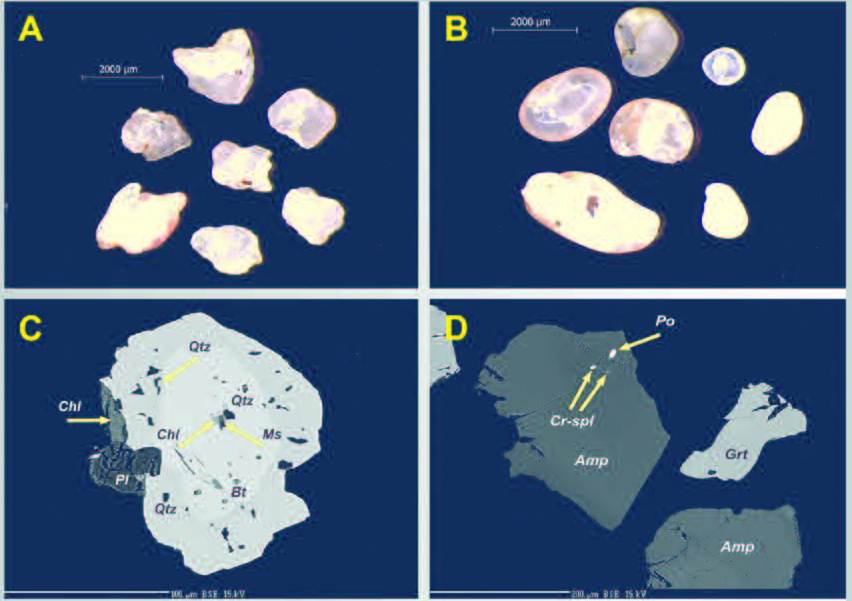Heavy minerals in sediments from the Mošnica Cave: Implications for the pre-Quaternary evolution of the middle-mountain allogenic karst in the Nízke Tatry Mts., Slovakia
DOI:
https://doi.org/10.3986/ac.v43i2.653Povzetek
The cave deposits from the Mošnica Cave located on the northern slope of the Nízke Tatry Mts. were analysed by sedimentological, petrographical and mineralogical methods. Based on mineralogical study the cave sediments are composed of dolomite, quartz, muscovite, amphibole, chlorite, calcite, Kfeldspar and plagioclase. Heavy mineral assemblage is formed by garnet, zircon, apatite, monazite, tourmaline, staurolite, rutile, titanite, epidote, sillimanite, allanite, andalusite and barite. Opaque minerals are represented by ilmenite, pyrite, magnetite, Cr-spinel, Fe-oxyhydroxides and chalcopyrite. Detailed research of chemical composition of the heavy minerals points to their source rocks formed by granitoids, amphibolites and amphibolite gneisses representing the crystalline basement and probably by Triassic cover sediments of the Lúžna Formation. Presence of the allochthonous minerals in the cave from metamorphic complex recently occurred on the opposite southern slope of the Nízke Tatry Mts. indicates a past larger catchment area of the allogenic karst of Mošnica Valley on the pre-Quaternary less dissected terrain. A change of watershed boundary leading through the central range of the Nízke Tatry Mts. was probably connected with the tilting of this mountain range towards the north, in the compression regime during the Late Tertiary.
Prenosi

Prenosi
Objavljeno
Kako citirati
Številka
Rubrike
Licenca
Avtorji jamčijo, da je delo njihova avtorska stvaritev, da v njem niso kršene avtorske pravice tretjih oseb ali kake druge pravice. V primeru zahtevkov tretjih oseb se avtorji zavezujejo, da bodo varovali interese založnika ter da bodo povrnili morebitno škodo.
Podrobneje v rubriki: Prispevki




